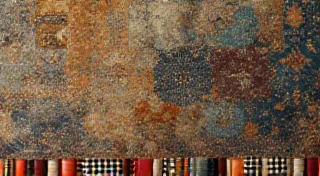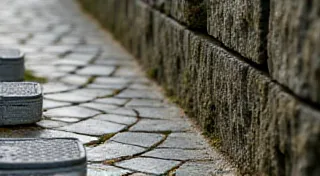The Alchemist's Formula: Reversing the Entropy of Damaged Ribbons
There’s a quiet poetry to the decay of things. Not a morbid poetry, but one that acknowledges the relentless march of time, the subtle erosion of beauty, and the eventual return to dust. It’s a truth most acutely felt when handling antique typewriters. These magnificent machines, once the vibrant heart of communication and creativity, stand as testaments to a bygone era, their mechanisms humming with echoes of countless stories told. And central to their eloquent voice? The ribbon.
But ribbons, alas, are fragile. Made of thin, delicate cloth coated with drying ink, they succumb to the passage of years. They crack, they crumble, they become brittle, their once-bold black lines fading into a ghostly whisper. It can feel disheartening to encounter a beautiful machine rendered silent by a ribbon reduced to shards and dust. Many would simply replace it. But that feels like a defeat – a failure to appreciate the intrinsic value of the whole.
I remember the first time I truly understood this. I was given an Underwood No. 5, a sturdy beast of a machine, inherited from my grandfather. He was a journalist, a man of words, and that typewriter had been his constant companion. The ribbon was a disaster – a brittle mess that fragmented at the slightest touch. I initially intended to simply replace it, but as I carefully examined the remaining fragments, I felt a pang of respect for the craftsmanship involved, a sense that discarding it wholesale felt like discarding a small piece of history. It sparked a curiosity about the science behind its deterioration - the very composition that allowed it to leave such indelible marks.
It was then that I began to research, to experiment, to learn the alchemist's formula – the process of not merely replacing, but reversing the entropy of a damaged ribbon. It's not a simple task; it requires patience, a steady hand, and an understanding of the materials involved. It’s about recognizing that repair isn’t just about functionality; it’s about preserving a legacy.
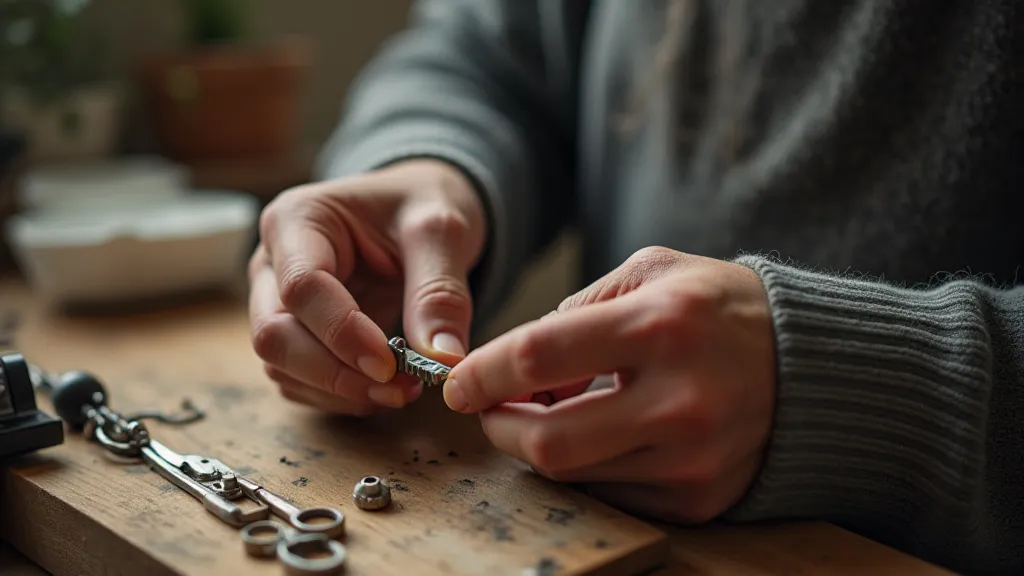
Understanding the Enemy: Ribbon Degradation
Before attempting any repair, it’s crucial to understand why ribbons degrade. The primary culprit is oxidation. The ink, typically a complex mixture of dyes and oils, reacts with oxygen in the air, causing it to harden and become brittle. Heat and light accelerate this process. Improper storage – exposed to sunlight or fluctuating temperatures – is a death sentence for a typewriter ribbon. Furthermore, the fabric itself – often silk or rayon – weakens over time, becoming susceptible to tearing and crumbling. The nuances of what exactly creates those colors, and how they interact with air and light, can be quite fascinating. For those interested in the fascinating science of those inks, a deeper dive into Echoes in Cyan: Capturing the Spectral History of Ribbon Dye can provide considerable insight.
The specific type of ink used also plays a role. Early ribbons often used aniline dyes, which are particularly prone to fading. Later ribbons often incorporated more robust pigments, but even these aren't immune to the ravages of time. Knowing the approximate age and manufacturer of the ribbon can offer clues to its composition and likely degradation patterns. A keen eye can often tell you more than a factory label ever could about the stories those inks have held, and the many words they’ve imprinted on the world.
The Gentle Art of Reconstruction
The first step in repairing a damaged ribbon is assessment. How much ribbon is left? Is the damage concentrated in one area, or is it widespread? Sometimes, the damage is so severe that reconstruction is simply not feasible. In other cases, a significant portion of the ribbon can be salvaged.
The most common reconstruction technique involves patching. Small pieces of new ribbon material – carefully matched to the original color and texture – are painstakingly glued to the damaged areas. This requires a specialized adhesive – something flexible, archival-quality, and non-damaging to the original ink. Traditional methods sometimes employed diluted hide glue, but modern archival adhesives are generally preferable.
The glue must be applied sparingly and evenly. Too much glue will create a stiff, unsightly patch. Too little, and the repair will be fragile and prone to failure. The patching process is incredibly time-consuming, often requiring hours of meticulous work. It's not about speed; it's about precision and care. The goal isn’t a perfect, seamless restoration, but rather a functional repair that preserves the character and integrity of the original ribbon. The act of restoring these ribbons often reveals layers of narrative, not only related to their function but their lifespan and the countless stories they've witnessed. The impressions they've held, the words they've imprinted… a tapestry of history. Understanding the specific composition of these ribbons is key to successful preservation; you can learn more about the underlying science by reading Whispers of Graphite: Unraveling the Mystery of Ribbon Composition.
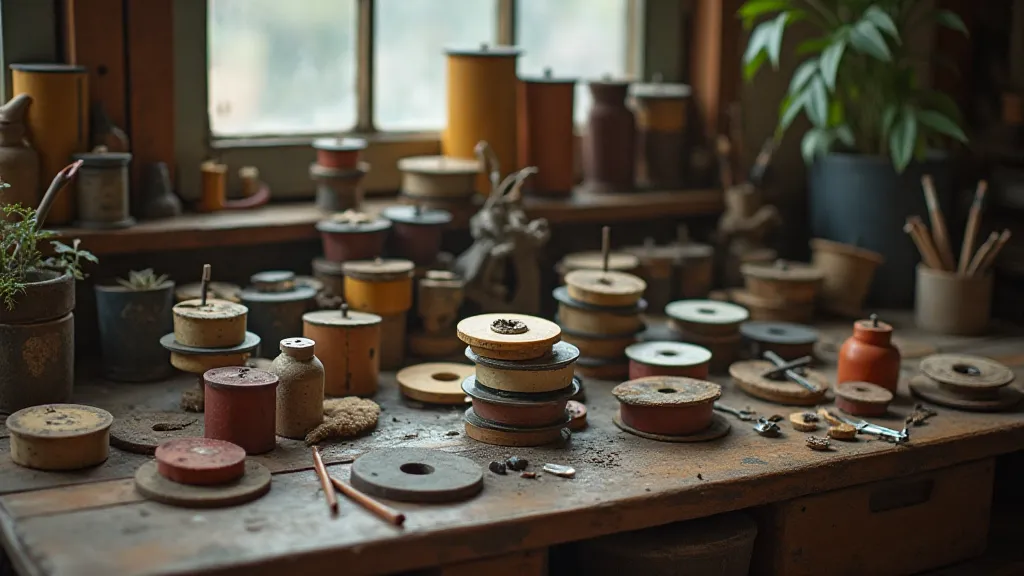
Beyond Patching: Reinforcement and Stabilization
Sometimes, the damage isn's dramatic tearing, but rather a general weakening of the fabric. In these cases, reinforcement techniques are employed. This can involve applying a very thin layer of clear archival film to the back of the ribbon, providing support without significantly altering its appearance. Another technique is to carefully coat the ribbon with a diluted solution of archival wax – this helps to stabilize the fabric and prevent further cracking.
For ribbons with severe color fading, there’s very little that can be done. Color correction is a tricky and often destructive process, best left to experienced conservators. Sometimes, the best approach is simply to accept the faded color as part of the ribbon's history, a visual testament to the passage of time. It’s a reminder that even in imperfection, there is a profound beauty and resonance – a silent echo of a bygone era.
The Philosophy of Preservation
Repairing antique typewriter ribbons is more than just a technical exercise. It's an act of reverence. It's a recognition of the craftsmanship that went into creating these objects, the stories they have witnessed, and the value they hold for future generations. It’s about resisting the throwaway culture that pervades modern society and embracing the beauty of imperfection. These ribbons are more than just a component of a machine; they are vessels of time, carrying within them the ghosts of countless narratives.
It's also a lesson in humility. It’s a reminder that we are merely custodians of these objects, entrusted with their care for a brief moment in time. Our goal isn't to make them perfect, but to keep them alive – to preserve their voice, their character, and their connection to the past. The sheer volume of words that pass through these machines, the stories they hold… imagine the conversations captured, the documents created, the narratives imprinted. For those interested in exploring the wider context of these narratives, Silent Witnesses: The Stories Imprinted on Well-Used Typewriter Ribbons offers a fascinating look at the power of ribbons as historical records.
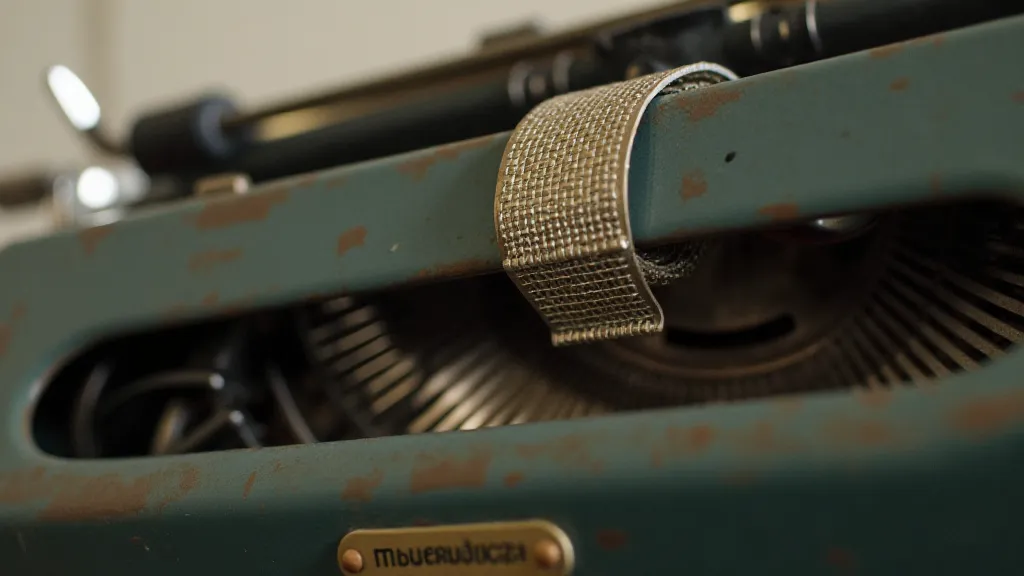
The intricacies of ribbon composition, from the dyes used to the fabrics woven, offer a fascinating glimpse into the evolution of technology and design. For those wanting to delve into the technical details, Whispers of Graphite: Unraveling the Mystery of Ribbon Composition provides a detailed exploration of the materials involved and their impact on the ribbon's lifespan.
Ultimately, the repair of a damaged typewriter ribbon is a testament to our enduring fascination with the past and our desire to keep the stories of bygone eras alive. It’s a reminder that even in the face of decay, there is always hope for renewal and the chance to create something beautiful and lasting.



